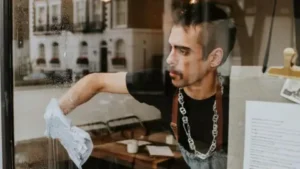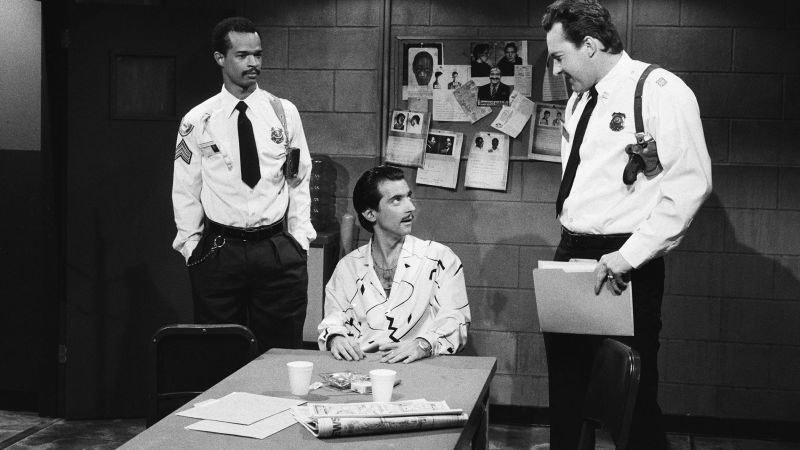Damon Wayans, a prominent figure in the comedy landscape, recently opened up about his departure from the iconic sketch show, “Saturday Night Live” (SNL), during the docuseries “SNL 50” that can be streamed on Peacock. Wayans, recalling the events of Season 11, expressed that he actually harbored no resentment regarding his firing from the show. In fact, he indicated that he had wanted to be let go for quite some time. This sentiment of relief comes in stark contrast to the conventional expectations of those who find themselves axed from such a prominent platform.
During the docuseries, Wayans delved into the frustration he experienced throughout the season, particularly in regard to seeing multiple sketches he had worked on get cut from episodes just before they aired. It was this mounting frustration that ultimately led to the defining incident resulting in his dismissal. After one last sketch was cut, which marked the final straw, Wayans described reaching a breaking point, stating, “I snapped.” This revelation painted a picture of an artist in turmoil, grappling with the pressures of live television, while seemingly battling against an unsympathetic production process.
The notorious sketch that would seal Wayans’ fate was titled “Mr. Monopoly,” where Jon Lovitz portrayed the key character. In a twist of irony that would lead to his downfall, Wayans decided to alter his performance significantly for the live broadcast, diverging from the rehearsed version and catching everyone off guard, including his fellow cast members. This spontaneous decision was indicative of his attitude during that pivotal moment; “I just did not care,” Wayans confessed, shedding light on the apathy that had taken over his approach.
Not merely an act of rebellion, Wayans admitted that he “purposely did that because I wanted [Lorne Michaels] to fire me.” His intention was clear, and as the curtain fell on that night’s show, his wish was granted. Lorne Michaels, the creator of SNL, struggled with this decision but ultimately recognized that it was necessary, acknowledging in the docuseries that the choice “was really, really hard,” but “had to be done.”
Commenting on Wayans’s actions, author James Andrew Miller pointed out that he had violated a fundamental guideline of SNL that is critical for performers: the rule against surprises. This stipulation is particularly significant in the high-pressure environment of live television, where unpredictability can lead to chaos.
Nevertheless, the story didn’t end on a sour note for Wayans. Following his exit from SNL, he successfully transitioned into a highly successful career in television and film. He starred in several prominent shows, including the iconic “In Living Color” during the 1990s, which showcased the talents of many black comedians and paved the way for more inclusive representation in comedy. Additionally, Wayans led the family sitcom “My Wife and Kids,” which continued to solidify his reputation as a comedic powerhouse. The ‘90s also witnessed his strong performances in films like “Major Payne,” “Mo’ Money,” and “The Last Boy Scout,” further demonstrating his versatility as an entertainer.
Fast forward to years later when it was clear that Wayans had moved on from past grievances. In a surprising yet refreshing twist, he was invited back to SNL for a stand-up performance during the season finale of the 11th season. His acceptance of this opportunity indicated that there were indeed no hard feelings. Wayans graciously acknowledged the gesture, stating, “Lorne is a very forgiving man,” adding that he felt it was an indication that Michaels believed in his abilities as a comedian.
In conclusion, Damon Wayans’ journey from being fired from SNL to becoming a renowned comedic icon illustrates not just the ups and downs of a career in show business, but also the potential for reconciliation and growth. He serves as an example of resilience and adaptability in an industry known for its unpredictability, proving that setbacks can lead to new and exciting opportunities.











